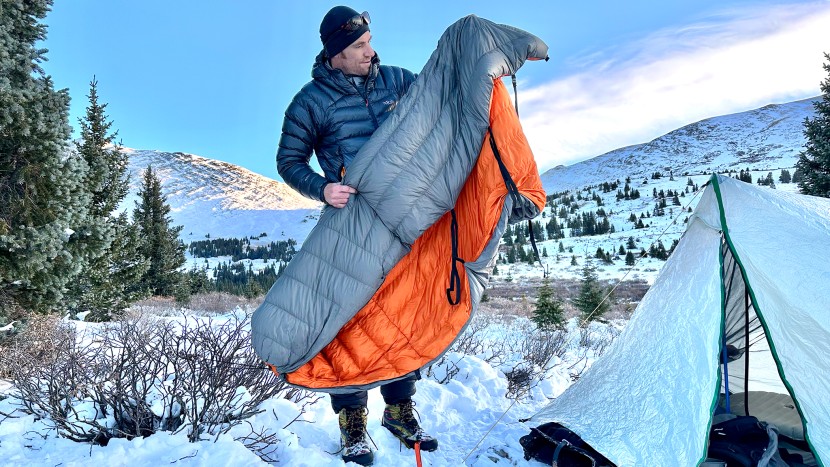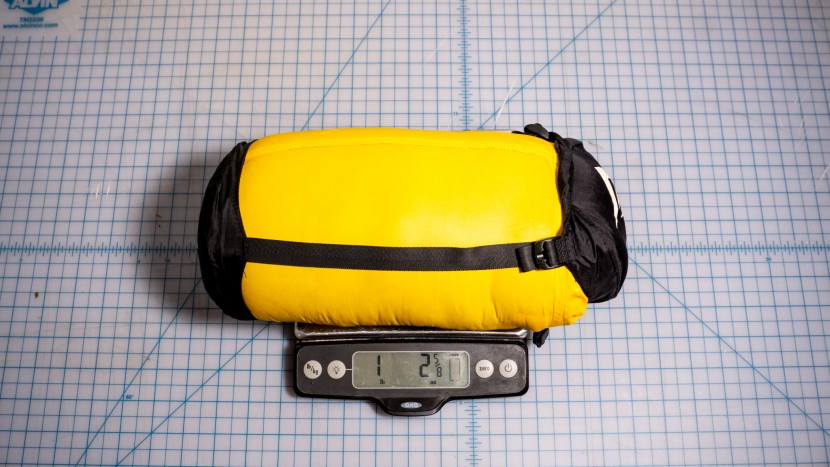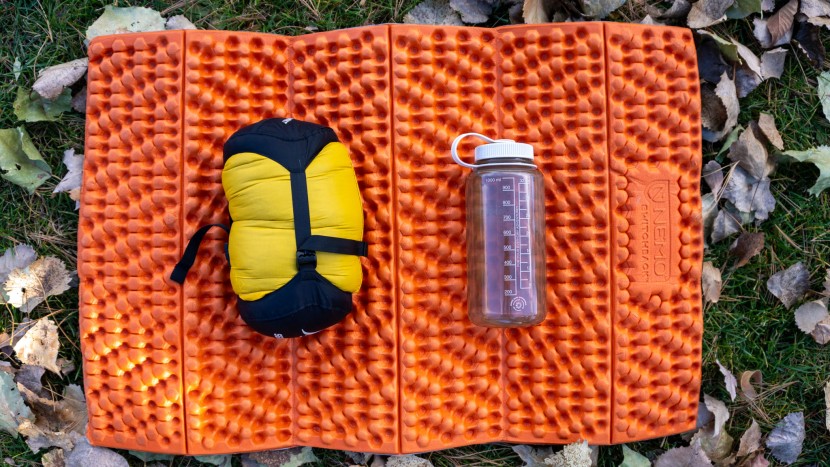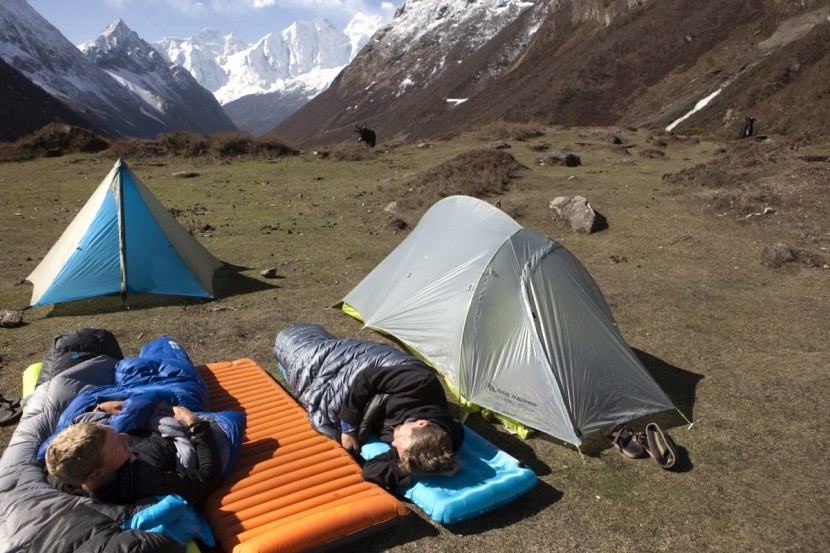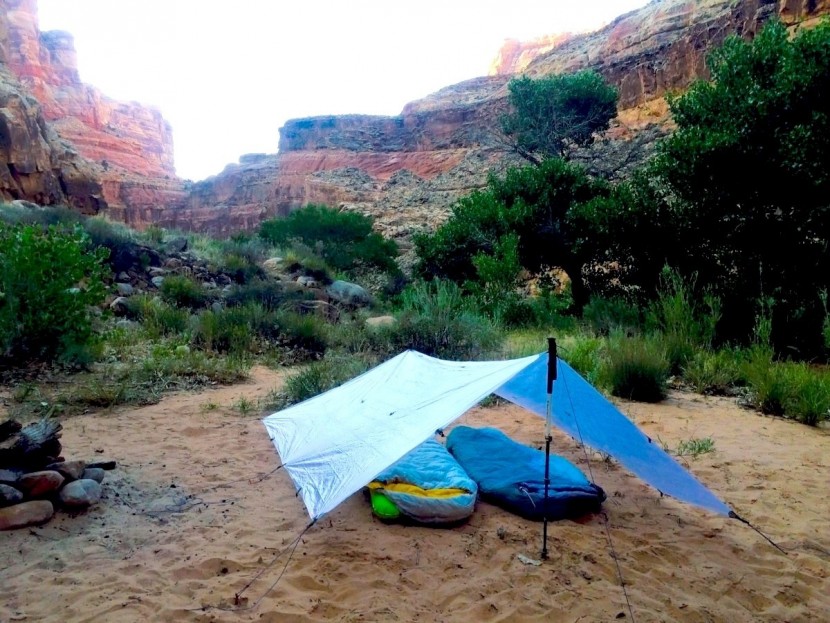We test and write these reviews, striving to be as objective and specific as possible, and aim to cover the various ways in which anyone might use these products. However, your goals may differ from ours, so be sure to review the performance metrics that are most important to you for your specific needs. Below, we outline the testing process for each product, allowing you to understand better the ratings we've assigned.
Warmth
For warmth, we rated each bag on its absolute warmth, ignoring the manufacturer's temperature ratings (which we found were not always very indicative of performance). To do this, we slept in these bags outside in the mountains during the cold spring months and the high desert in late October. The shoulder seasons in the high mountains of the Colorado Rockies, the Colorado Plateau, and the Himalayas are not warm, so we came to understand how well these bags worked by suffering in them. Many people have slept in each bag, and we kept notes on where we slept, the overnight low, and how we felt, as well as the clothing we wore inside the bags.
This information helped paint a clear picture about warmth, but to verify our findings objectively, we also performed the overnight hot bottle test. We placed a piping hot Nalgene water bottle inside each bag and left them out overnight. In the morning, we then measured the temperature difference during that time to help us fine-tune our understanding of which bags were the most effective at insulation. We further amended our opinions by analyzing the function of heat-trapping features (or lack thereof), such as draft tubes, fully enclosed zippers, neck baffles, type of baffle construction, and hoods.
Weight
To test for weight, we weighed each product on our independent scale, which is accurate down to 1/100th of an ounce. Sometimes the readings matched the manufacturer's listed weight; at other times, they didn't. We included all integral pad straps and attachment parts, but we did not factor in the weight of stuff sacks, although those are listed on the specs table. Lower weights scored higher.
Comfort
When it came to comfort, field testing was once again our bread and butter for determining what worked and what didn't. To ensure objective testing, we had multiple people use each bag and discuss their opinions afterward. A primary consideration was the fit of a bag, and we ordered all bags to the same size specifications so that we could compare them fairly. We attempted to assess how loose or restrictive a bag was, how pleasant the interior fabric felt against skin and clothing, and whether features like Velcro, zippers, or drawcords affected the comfort level.
Versatility
When assessing versatility, we first identified the various situations in which a bag could be appropriately used and then tested the bag in all those conditions. Our countless nights out in the field were essential for determining how truly versatile a sleeping bag was. For quilts or blankets that had the option of sleeping wrapped up, attached to a pad, or fully spread out, we slept in them each way.
Features
It is easy to take a new sleeping bag out of the box at home and start to play around with it, but not so apparent is whether the neck cinch cord will really stay tightly cinched around your neck all night when you are cold, or whether the hood truly covers your entire head and forehead comfortably, or whether the pad straps will stay fastened and tight all night, rather than coming loose and allowing in cold air. The only way to truly know these things is to test them in the field, which is what we did, over and over again.

